 Who among bass anglers doesn’t love the excitement of a topwater bite? Unfortunately, bass sometimes miss surface lures. When this happens anglers quick to react with follow-up bass baits still have a chance of hooking the fish. Here’s how to do it using four reliable throwback presentations.
Who among bass anglers doesn’t love the excitement of a topwater bite? Unfortunately, bass sometimes miss surface lures. When this happens anglers quick to react with follow-up bass baits still have a chance of hooking the fish. Here’s how to do it using four reliable throwback presentations.
 Throwback foursome
Throwback foursome
Many baits can be used to trick bass into striking again after they miss a topwater. These four have proven themselves reliable picks in my boat.
Flipping jig – This is a great follow-up around mat, cut weed, lay down trees, and other heavy cover. Add a chunk or creature trailer to complete the package.
Stickbait – Bass can’t resist this finesse bait. A wacky-rigged four or five-inch stickbait with a strong hook outfitted with a brush guard is excellent around cover. In open areas, a finesse-type hook can be used.
Finesse plastic and jig – Casting a snack-sized finesse plastic on a light jig where a bass just boiled is another way to sweet talk fish into striking again. Small tubes, creature baits, worms, and minnows all work well.
Thin swimbaits – A three to four-inch boot-tail minnow is a great throwback when bass are willing to chase. I especially like swimbaits when bass are up-feeding on shad, smelt, and other forage.
Get bass baits back fast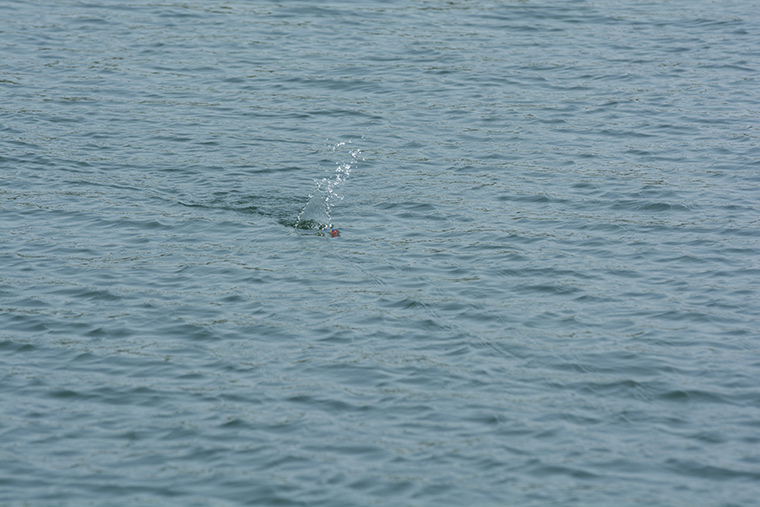
After a bass swipes and misses a surface lure, make a mental note of the fish’s location while quickly retrieving the surface lure. Next, grab a rod rigged with a throwback bait and cast it to the fish.
When using jigs and stickbaits, I aim right for the ripple where the fish missed or the direction I last saw it swimming. With swimbaits, I’ll cast past the zone, then retrieve it through the strike zone.
Sink rate
The speed a bait sinks can influence whether a bass bites again. There’s no golden rule, so experiment to learn what works best for the day.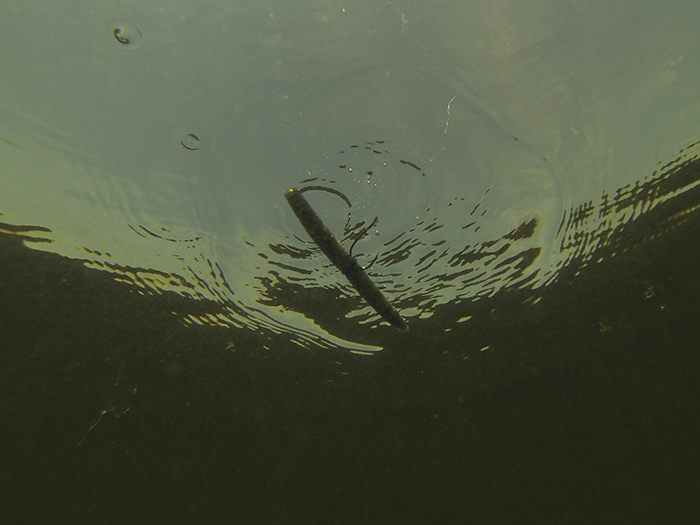
A heavy flipping jig crashing into the floor beneath a canopy of vegetation can trigger a reaction strike from a riled-up largemouth still looking for a meal. Other days, you’re better to pitch a stickbait in this zone and let its lazy fluttering action tease a hit from fish.
The same applies to smallmouth. A fast-falling tube is a great way to get their attention, while in other scenarios a slow-sinking finesse bait may be better.
Generally, I find slow-falling outproduce fast-falling bass baits in mid-deep to deep water. But, anything goes when smallmouth are shallow.
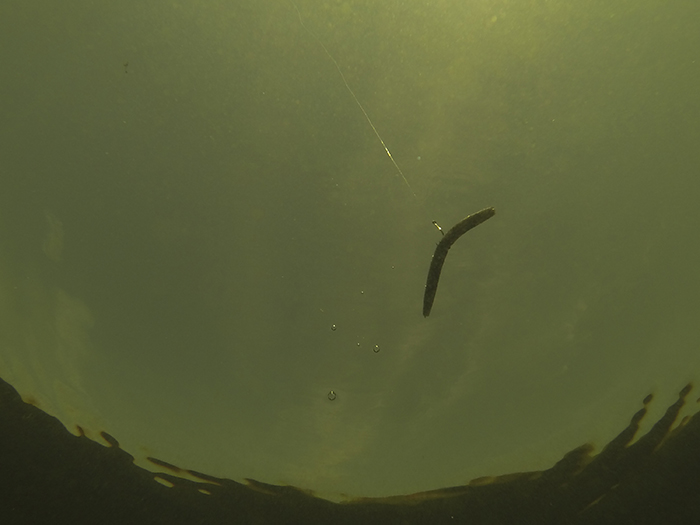 Stay or go?
Stay or go?
When a bass is relating to cover and misses a surface lure, I’ll make a couple repeated casts, maybe trying different bass baits, before leaving. If unsuccessful, I’m not above returning later to try again. This strategy is most effective with territorial fish, like a big largemouth under a laydown or a smallmouth relating to logs or boulders on a sand flat.
If bass are active and roaming the area, a few quick casts with a throwback is all I’m willing to invest. Then, it’s back to covering water with the topwater to intercept fish again.
Seeing a bass miss a topwater is disappointing, but it doesn’t mean you’re out of the game. Quickly get another bait into the zone and you’ll set the hook on more second-chance bass.
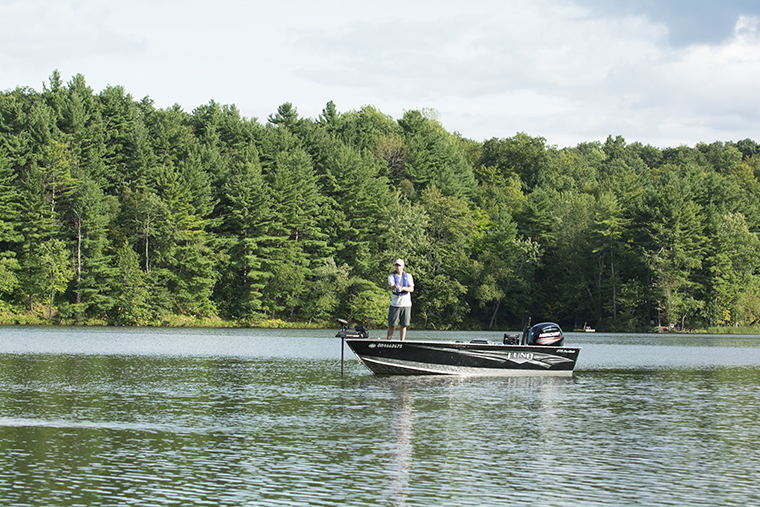


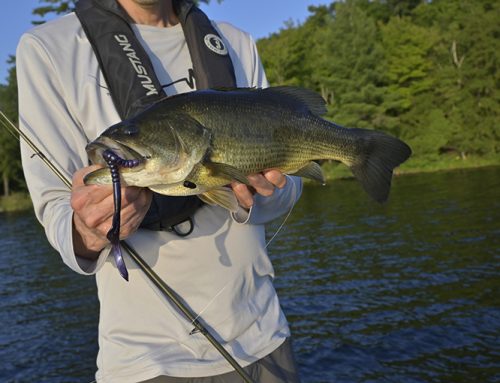
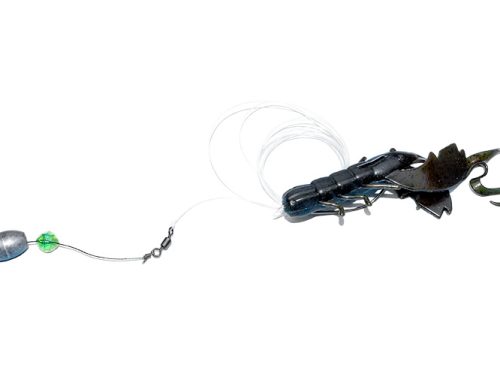
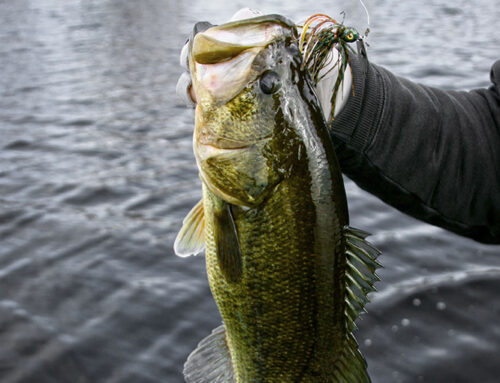
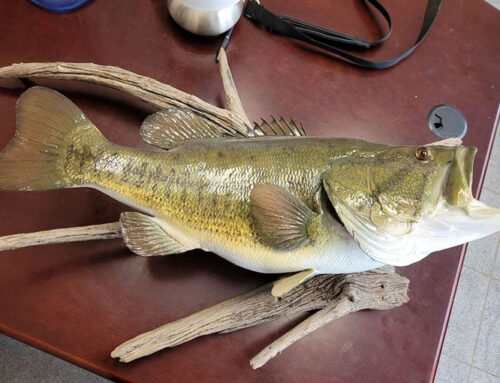
Leave A Comment